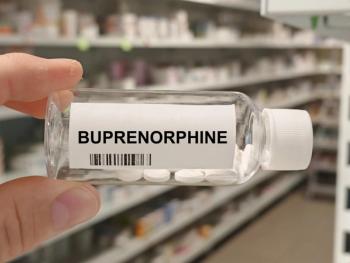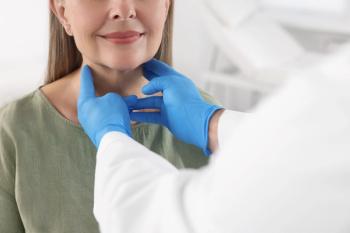
Make Drug Disposal as Common as Seat Belts
Including medication disposal methods with prescriptions could reduce opioid diversion and childhood poisonings.
The first patented
Fast forward to 1985, and a safety belt education campaign introduced crash test dummies to reinforce the life-saving benefits of wearing seat belts, which increased usage from 14% to 79% and saved an estimated 85,000 lives and more than $3 billion in costs to society. State governments eventually mandated their use and now we’re constantly reminded to “Buckle Up, It’s the Law” and “Click it or Ticket.”
We face a similar need today for an awareness and education campaign to protect us from the dangers of leftover drugs so that safe home disposal becomes as ubiquitous as seat belt use.
There is no disputing the impact of the opioid epidemic across the nation, where
A
Another health hazard posed by leftover medications is childhood poisonings. More than
Existing disposal methods can cause pollution and are inconvenient
Most of us have been told to dispose of drugs by flushing them down the toilet or drain when they are no longer needed; however, this practice can carry serious environmental risks that can profoundly and permanently affect the ecosystem and our drinking water.
For example, a study of 50 wastewater treatment plants found
As dissolved drugs build up over time, they pose a significant risk to the environment and the ecosystem. For example, accumulated antibiotics in the water may result in antibiotic resistance that can render medications ineffective in treating infectious diseases.
Other disposal options, such as drop boxes or kiosks at retail pharmacies, and events such as the Drug Enforcement Agency’s (DEA) biannual National Prescription Drug Take-Back Days have been successful in removing more than
Programs such as take-back days also risk drugs being diverted into the community, because consumers store drugs in the home while they wait for the special days to occur. Overdoses, poisonings and deaths are not a twice-per-year problem, but rather a tragic everyday occurrence that should be addressed by the dispensing pharmacist at the prescription counter.
Pharmacy education is key
Imagine if seat belts took several minutes to put on and fasten. If this were the case, far fewer drivers would bother securing themselves in their vehicles, and the number of vehicle-accident injuries and fatalities could skyrocket. Even when our personal safety is at stake, convenience often trumps compliance. That’s why consumers need access to a quick, safe, at-home medication disposal option.
This was the impetus for DisposeRx, an eco-friendly drug-disposal powder that when added to a prescription vial with warm water forms a thick gel that physically and chemically captures the drugs.
Now available in nearly 50% of the pharmacies across the United States, our product is most effective when presented with a prescription by a pharmacist. Education and consultation are critical, and the trusted pharmacist is the perfect person to provide guidance to patients about the dangers of leftover medications and proper disposal of leftover or expired drugs.
Lifesaving, eco-friendly habit
Just as seat belts evolved from a strange new concept to commonplace in virtually all forms of transportation, we are at a point in which a disposal method for leftover medications at home must evolve and be made available with all dispensed medications. The time has come for consumers to be just as accustomed to disposing of their unnecessary medications as they are clicking their seat belts.
By offering a quick, effective and eco-friendly disposal solution, pharmacists can play a critical role in fighting the nation’s opioid epidemic while protecting children from accidental poisonings and preventing environmental pollution. Over time, behaviors will change and lives will be saved as at-home drug disposal becomes a habit.
William Simpson is president of
Newsletter
Stay informed on drug updates, treatment guidelines, and pharmacy practice trends—subscribe to Pharmacy Times for weekly clinical insights.


















































































































































































































